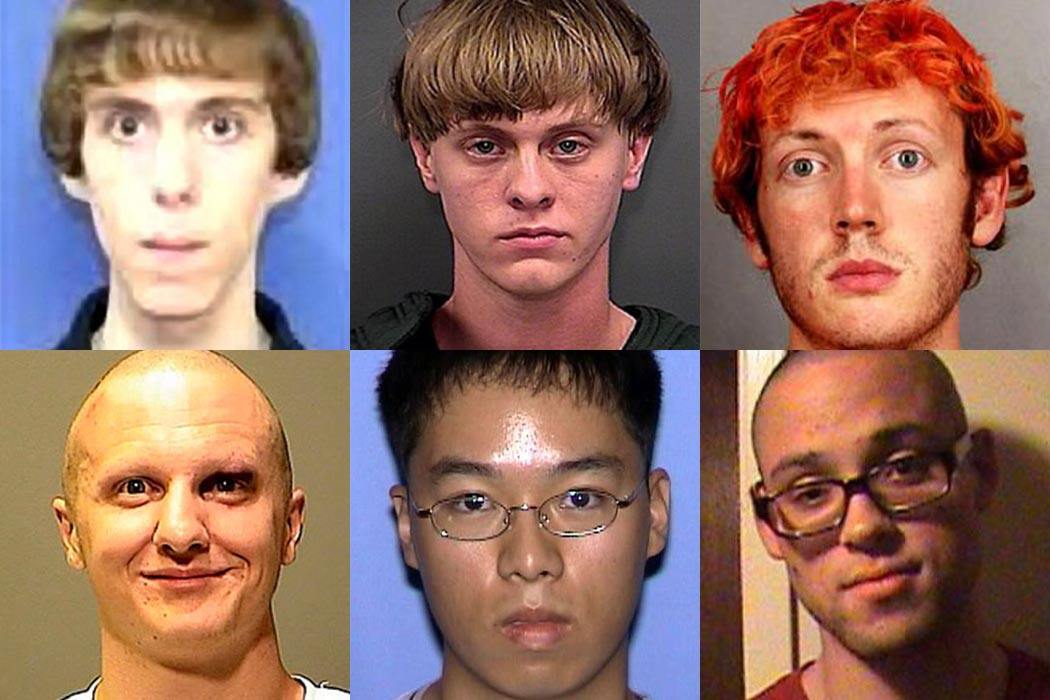Mass shootings are now so common in the United States that a substantial literature has grown up around them. There can be many ways of approaching these horrifying phenomena. One of them is race—or rather the absence of race, because the majority of shooters are white males.
William Mingus and Bradley Zopf argue the race of the perpetuator “influences the responses of the media and the public” because it consciously and unconsciously falls into the socio-historical racial project of America.
White males who kill multiple people in schools, movie theaters, malls, and other places are typically seen as pathological, abnormal, aberrations; they are never seen as representatives of the race.
All crime has this racial aspect. A suspect is described in the media as “black” or “African American,” but rarely does a “white” or “Caucasian” suspect get such a label. In our ideological construction of race, whiteness is not seen as a race; it is instead the norm, invisible and universal.
Mingus and Zopf note that nobody apologizes for white shooters, as did a Korean official after the 2007 Virginia Tech shooting, which was perpetuated by a Korean-born student. Nor did populations of whites fear retaliation or retribution, as was the case with Muslims in the aftermath of the 2009 Fort Hood shooting, in which the perpetrator was a U.S.-born son of Palestinian immigrants.
“Race” is of course a complicated subject, one less to do with physical, or phenotypical, differences, than with social and historical constructions. Mingus and Zopf note that racial categories are “not static, but are constantly created and recreated by the societies in which they exist.”
In the case of the shootings under discussion here, Asian or Korean Americans and Arab Americans fall into “in-between” categories amid America’s historically white-black polarity; any aspects of white privilege these groups earn by not being black is lost in the media attention surrounding such shootings.
We’ve made it much harder to see the Virginia Tech and Fort Hood individuals like we do the more typical white shooters: as outliers with emotional or psychological pathologies and absurdly easy access to deadly weapons.







